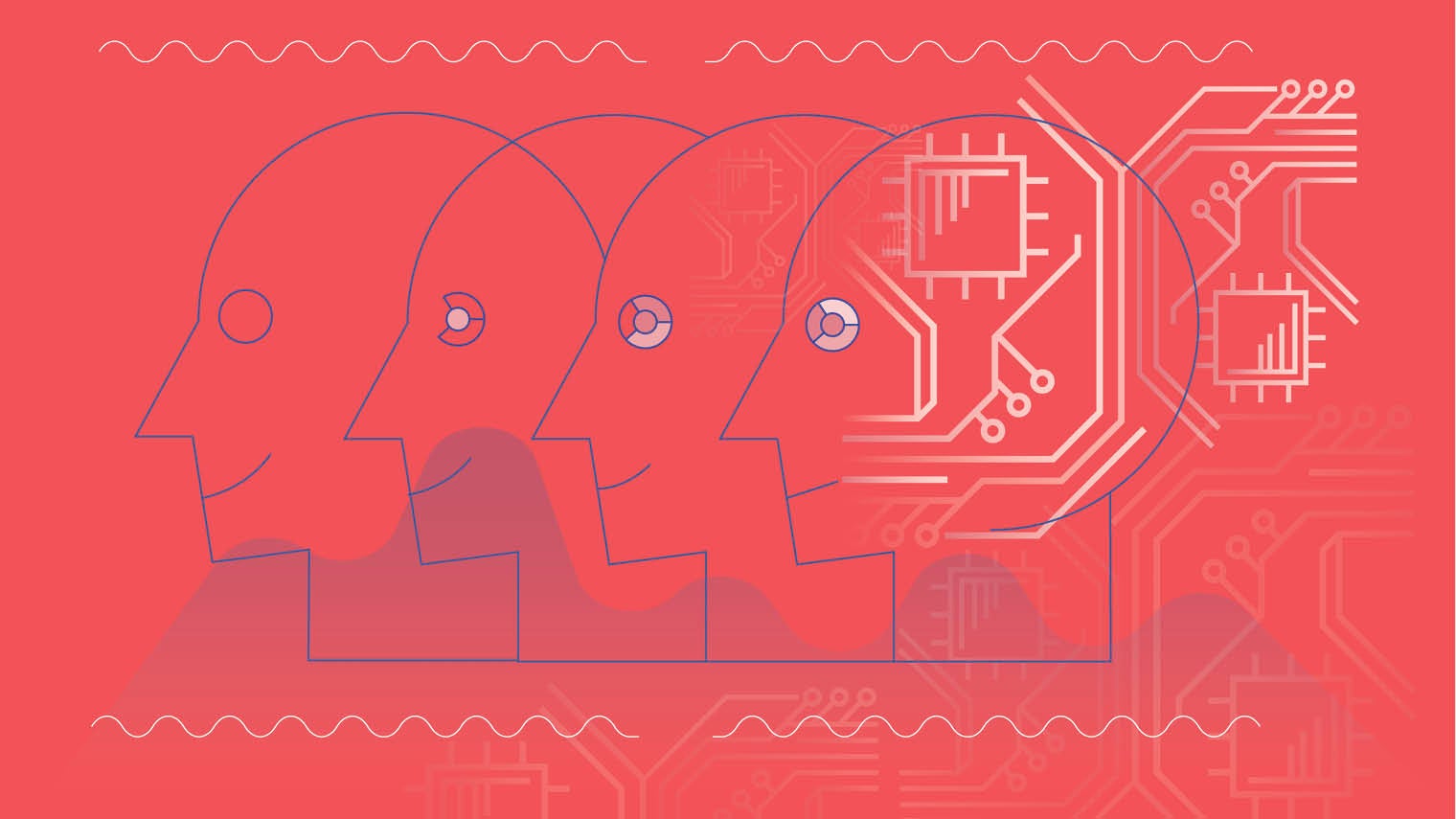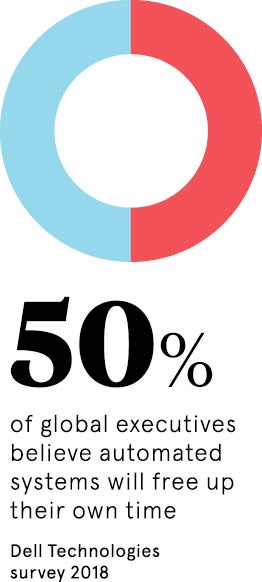What is the source of business transformation? Technology? Changing processes? Leadership? Innovation?
It can be all of the above. Sometimes just one component can precipitate positive transformation and at other times a combination is required.
In cellular biology, transformation is a process that results from a cell’s “competence” – it’s ability to change, whether that occurs naturally or is artificially induced. Applying this analogy to digital transformation, we need to know what our competencies are and when they need to be augmented.

At Markerstudy, a privately owned group centred on insurance and related businesses, we worked hard to understand where we needed to supplement our competencies in order to trigger positive change. The first thing that became apparent was that we needed room to grow – space to flex our innovative muscles.
We realised that if we spent our IT resources on reactive tasks such as routine support we would never be able to focus on the processes that build long-term business success.
We approached this by standardising our technology stack, simplifying our supply chain and dropping any activity that did not add value. Simple things like removing email as a mechanism to request support instantly bought back precious time that was then spent managing the systems that support each business unit.
We found that by removing complexity we could focus properly on digital transformation.
We found that by removing complexity we could focus properly on digital transformation. Once we had created this space we first focused on big data with the aim of finding applications that would prove the value. One early project using big data analytics allowed us to make phenomenal financial improvements by detecting, at the point we were quoting for insurance business online, the possibility that a customer would commit fraud. Using gathered anonymised data, we could provide artificial competence and automated insight that allowed us to write only the business we wanted to accept risk on.
Our next step was applying machine learning algorithms to the other end of our business, customer retention. We boosted retention by 40% in less than six weeks by introducing more accurate pricing for our customers at the time of policy renewal. This digital transformation was achieved not only in a very short space of time with a positive effect on the bottom line but also increased customer satisfaction.

What about people?
Efficiency can be derived from non-technological change too, so when you look at transforming your business, do not be blinded by technology. Some of our operational improvements allowed us to reduce delivery to 40% of the original time with 66% of the original resource in ust 5 weeks Natural competence at its best.
Don’t lose sight of the desired outcome – innovations in technology very quickly take on a life of their own and can become the end as opposed to the means. However, with the appropriate balance between natural and induced competencies, digital transformation is not only achievable, it is a pathway to success.
Lou Lwin is group head of enterprise architecture at Markerstudy Group


